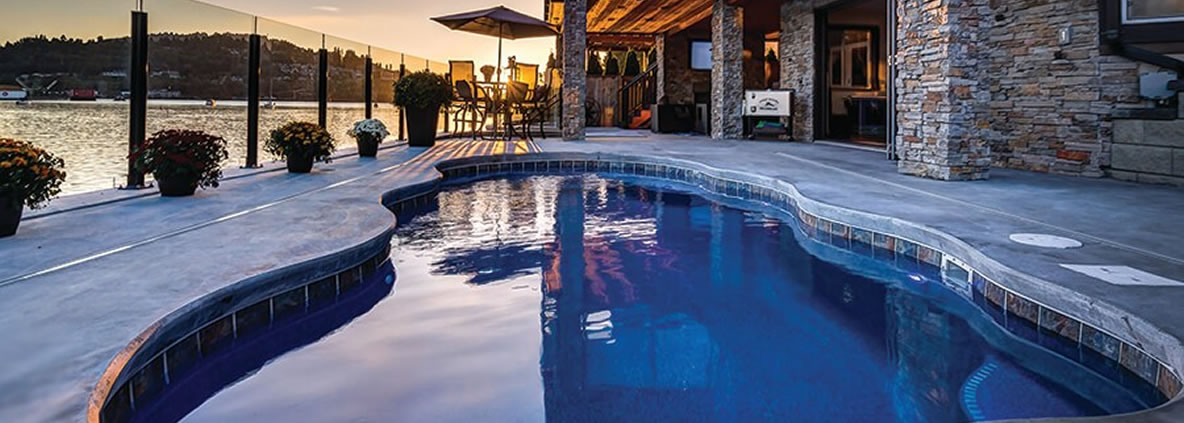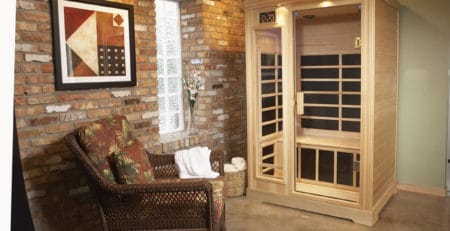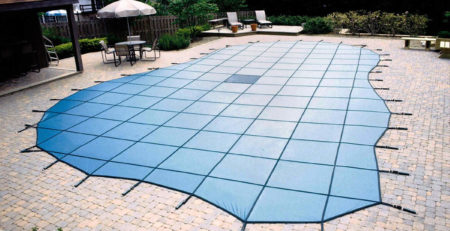Keep Your Pool in Top Shape with Regular Water Testing and Properly Balanced Water
A clear and inviting pool is essential for enjoying these hot summer days. Regular pool maintenance is necessary to keep your pool in the best condition, and one of the most efficient ways to achieve that is through properly balanced water. Read on to learn more about the importance of regularly testing your pool water and using the right chemicals to keep it properly balanced.
Why is it Important to Test Your Pool Water Regularly?
Pool water constantly changes due to various factors such as weather conditions, bather load, and the use of pool chemicals. By testing your pool water regularly, you can understand its current state, enabling you to make the necessary adjustments to keep it clean and balanced properly to maintain a safe and healthy swim environment. When you monitor chlorine levels, pH, alkalinity, calcium hardness, and other important factors contributing to water quality, you can prevent issues such as algae growth, cloudy water, equipment damage, and other potential health hazards for swimmers. Catching these issues in a timely manner allows you to address them promptly and avoid more significant problems down the line.
How to Test Your Pool Water Accurately and Understand the Results
Accurate pool water testing allows you to balance your water properly, and it can be done through pool test strips, pool testing kits, or electronic testing. Here’s a step-by-step guide on how to test your pool water accurately:
Step 1: Collect a water sample: Use a clean container to collect a water sample from at least elbow depth. This ensures that the sample is representative of the overall water quality.
Step 2: Use a reliable testing kit: Invest in a high-quality pool water testing kit that includes test strips or liquid reagents. These kits typically measure chlorine, pH, alkalinity, and sometimes calcium hardness levels.
Step 3: Follow the instructions: Carefully follow the instructions provided with your testing kit to perform the necessary tests. This may involve dipping a test strip into the water or adding reagents to a sample.
Step 4: Wait for the results: Allow the test strip or reagent to react with the water as indicated in the instructions. This usually takes a few minutes.
Step 5: Compare the results: Once the reaction is complete, compare the colors on the test strip or the numerical values obtained from the reagent to the reference chart provided with the testing kit.
Step 6: Take appropriate action: Based on the test results, take the necessary measures to adjust the water balance using appropriate chemicals. We will discuss this further in the next section.
Pool & Spa Depot offers free water testing at all five of our locations for an easy pool ownership experience. Stop by with your water sample to take advantage of our complimentary pool water testing for professional assistance to ensure your water is properly balanced and swim-ready at all times.
Adjusting Your Levels with the Right Chemicals
Once you have tested your pool water and identified any imbalances, it’s time to adjust the water balance using the appropriate chemicals. Here are some general guidelines:
-
- Adjusting pH: pH adjusters, such as pH increasers (sodium carbonate) and pH reducers (sodium bisulfate), help maintain the pool water’s pH level within the recommended range of 7.2 to 7.8. If the pH is too high, add a pH reducer according to the manufacturer’s instructions. If the pH is too low, add a pH increaser. Remember to retest after adjusting to ensure you have achieved the desired pH level.
- Adjusting Alkalinity: Alkalinity balancers like sodium bicarbonate help stabilize the pool water’s alkalinity levels. Proper alkalinity prevents rapid pH fluctuations and ensures effective chlorine disinfection. To raise alkalinity levels, add an alkalinity increaser following the recommended dosage. If the alkalinity is too high, you can lower it by adding an acid-based pH reducer.
- Adjusting Calcium Hardness: Calcium hardness adjusters, usually calcium chloride, help prevent water from becoming too soft or too hard. Proper calcium hardness levels protect pool surfaces and equipment. If calcium hardness levels are too low, add a calcium hardness increaser. If they are too high, dilution with fresh water may be necessary.
- Maintaining Chlorine Levels: Chlorine is the most commonly used chemical for killing bacteria, viruses, and algae in pool water. It comes in different forms, such as chlorine tablets, granules, or liquid. Regularly monitor your chlorine levels and add the appropriate chlorine product to maintain a free chlorine level of 1-3 ppm for residential pools.
- Using Algaecides: Algaecides are chemicals specifically designed to prevent or eliminate algae growth in your pool. They work with chlorine to clear your water and keep it from unwanted algae blooms. Follow the manufacturer’s instructions when using algaecides. Regularly adding algaecides can help prevent algae growth and clear your pool water.
The Pool Care Experts Serving Brentwood, Clarksville, Cookeville, Bowling Green & La Vergne
Regularly testing your pool water and ensuring it is properly balanced is vital for maintaining a safe, clean, inviting swimming environment. By understanding the importance of pool chemistry, how to accurately test your pool water, and the right chemicals to use, you can keep your pool in optimal condition and enjoy countless hours of summer fun. Stop by one of our five conveniently located pool supply stores to speak with our pool care experts and bring a water sample for complimentary water testing. When it comes to the health of your pool, we’re here for you.






Leave a Reply